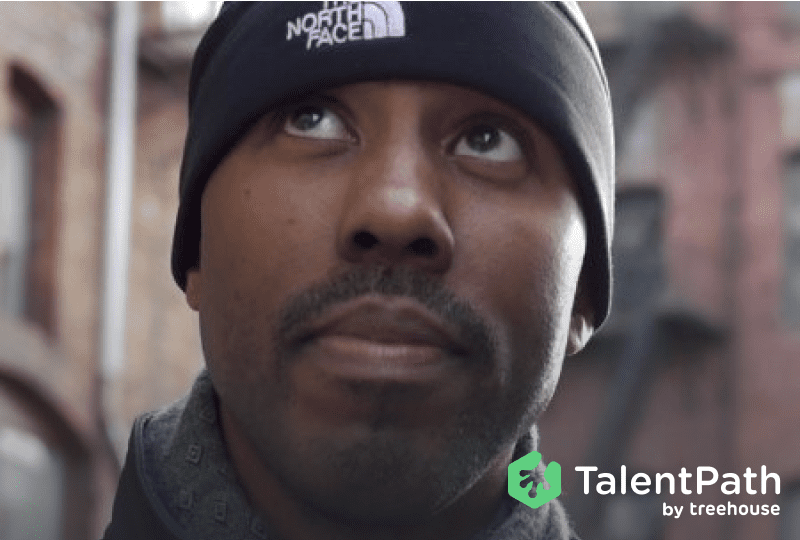We recently had a chat with LaSean Smith from Microsoft. We asked him a few questions around the topic of diversity and inclusion and why it’s important to create diverse teams.
Q. What can companies do to get more people from underrepresented groups onto their teams?
“Companies will often take the easy option which is the poaching strategy.”
“Someone says, ‘alright I’m going to hire this person from Amazon over to Facebook’. There are not enough people across these companies to meet the talent demand. Poaching is not a hiring strategy! It’s too expensive and if you’re a small company you can’t even compete.”
“So you have to start the journey by looking outside the normal pool. You need find the folks who are going to be amazing, who have never been in any building.”
At Treehouse we believe this is true now more than ever. We see this time and again when we are talking to hiring managers from companies trying to diversify their teams. Poaching is a short term solution that simple churns the same talent from company to company.
Q. Have you seen an example where lack of diversity has really hurt a project?
“Folks start with great intentions. Most of us are working on frontier tech and we’re working without a blueprint. So many times we are introducing new pieces of software or hardware. It’s pretty common these days to hear people repeat the line, ‘we’re doing the Tesla model’. So in effect they think they are going to create a top-of-the-line, hero product and then move it down market.”
“There are problems with that. Firstly, it never gets finished. And secondly, you start at a point where your product is not accessible.”
“One time, we were creating a new piece of hardware (with the intention of developing software for it) and the price-point was extremely high. Why? Because it had amazing technology in it. Now, in the area where most of our software developers live people are pretty well off. So the thinking was, ‘who can’t afford this piece of hardware?’ ”
“Even in the early days when we got some user testing from our customers it was ignored because the people that they [software developers] encountered didn’t have any financial constraints and so price wasn’t a blocker for them. They could afford the product so why couldn’t everyone else? As things progressed we had to make real material changes to the product because there was some arrogant thinking around the affordability of it.”
“The irony was, our core business was not even the hardware. We were trying to build the software on top of it! So we never even got to the starting point because our teams didn’t realize how price sensitive the broader world was.”
LaSean Smith is GM, Perception Applications at Microsoft in Seattle, Washington. He describes himself as a maker of digital things, people motivator, angel investor and inventor.








Good insights. Thanks for sharing!